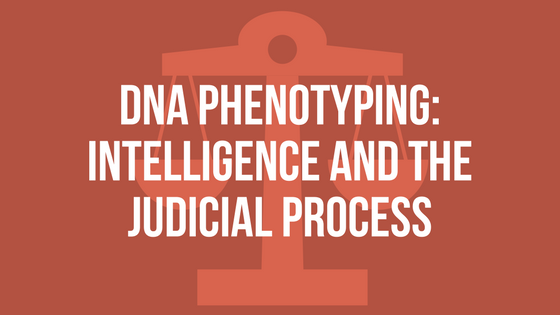Forensic laboratories, for many decades, have adopted a strong focus on the contribution to court outcomes. However, a significant contribution of forensic science is in the area of intelligence.
Written by: Nathan Scudder, University of Canberra
Predictive phenotyping, or the ability to make predictions about an individual’s traits from their DNA, is a scientific tool that, without investigative context, does not neatly fit within the intelligence realm. It is not until the information is analyzed in a law enforcement or national security context that the intelligence product emerges. In addition, the value-add of phenotyping can only logically occur across multiple cases when the predictions about appearance are compared with other types of evidence.
As an input into intelligence, phenotyping does have the capability to misdirect police resources and influence community suspicions about likely suspects.
Ensuring we understand how predictive phenotypes fits within a law enforcement, judicial and intelligence framework will help in ensuring its success in operational use. This includes ensuring that any limitations are understood by police and intelligence officers.
You may also like:
My interest in the legal and policy implications of predictive DNA arose from my previous research into DNA databases and, in particular, the use of exclusionary databases. Recently, the Australian National Centre for Forensic Studies released a Model Privacy Impact Assessment for Forensic Phenotyping. I will be continuing my research by looking at the intelligence opportunities of predictive phenotyping and how the technology is understood by stakeholders in the criminal justice system.
Would you like to see more articles like this? Subscribe to the ISHI blog below!


